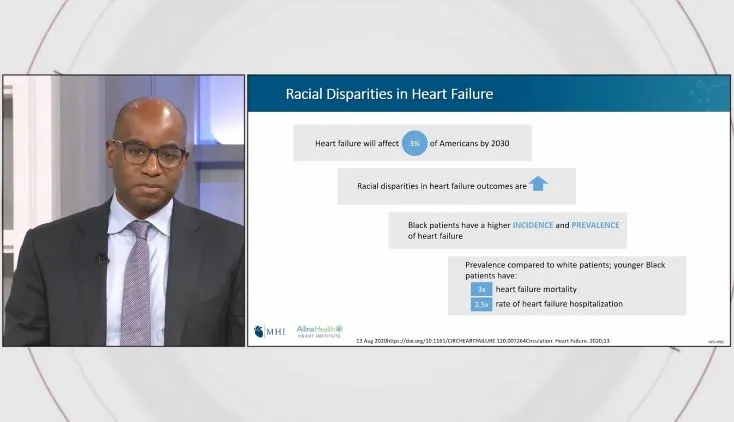Impella Education, Patient Management
Impella® with SmartAssist® Technology: Deriving the LV Waveform and Measuring LVEDP
Jo Kajewski, an Abiomed advanced Impella trainer, describes how the left ventricular (LV) waveform is derived and how left ventricular end-diastolic pressure (LVEDP) is measured from that waveform with the Impella with SmartAssist technology.
LV waveform
The LV waveform is derived from the aortic placement signal and the motor current. The optical sensor on the Impella heart pump senses aortic pressure (AoP). The Impella motor current recognizes pressure gradients between the aorta and left ventricle during the cardiac cycle. (ΔP(AO-LV)). LV pressure is represented by the equation:
LV Pressure = AoP – ΔP(AO-LV)
To see how the LV waveform is derived from the Impella pump, consider an example in which the motor current recognizes a 5mm gradient during systole and a 50mm gradient during diastole. Graphically, the 5mm gradient corresponds to the peak of the aortic placement signal and the 50mm gradient is subtracted from the diastolic value on the aortic placement signal. As Jo illustrates, connecting these dots generates the LV waveform.
LVEDP
How is the LVEDP measured? Recall that LVEDP is the pressure at the end of left ventricular diastole. On a normal EKG, this corresponds to the peak of the QRS complex. Graphically superimposing the EKG over the LV waveform, you can draw a line straight down from the point on the EKG to the LV waveform. Where it falls on the waveform is the calculated LVEDP.
The Automated Impella Controller™(AIC) algorithm does not have an EKG tracing from which to measure. However, the algorithm recognizes ventricular contraction as the rapid change in the LV placement signal. The algorithm measures the point right before that change. It then averages the detected end-diastolic points on the LV placement signal over a 10-second period to generate the measured LVEDP value.
In summary, the LV placement signal is derived using the aortic placement signal from the optical sensor and the gradient between the left ventricular and aortic pressure during the different phases of the cardiac cycle. The algorithm then uses that waveform to measure the LVEDP. The LV waveform and LVEDP provide a real-time display of intelligent metrics used to manage suction and trend pump performance while the patient is on support.
NPS-831


